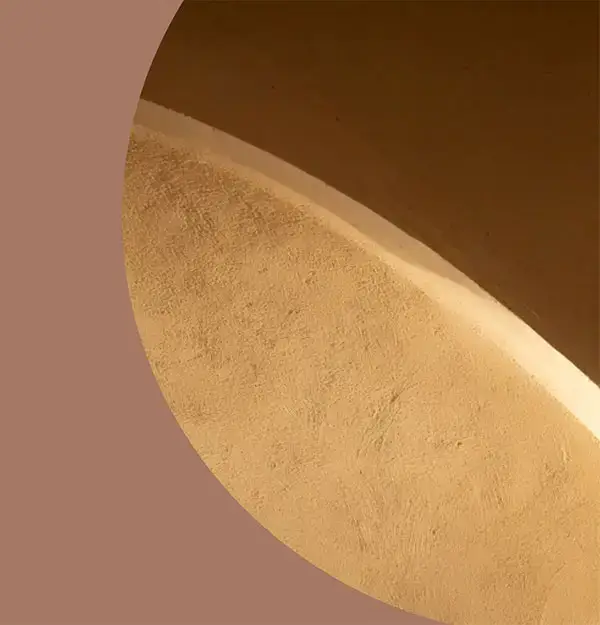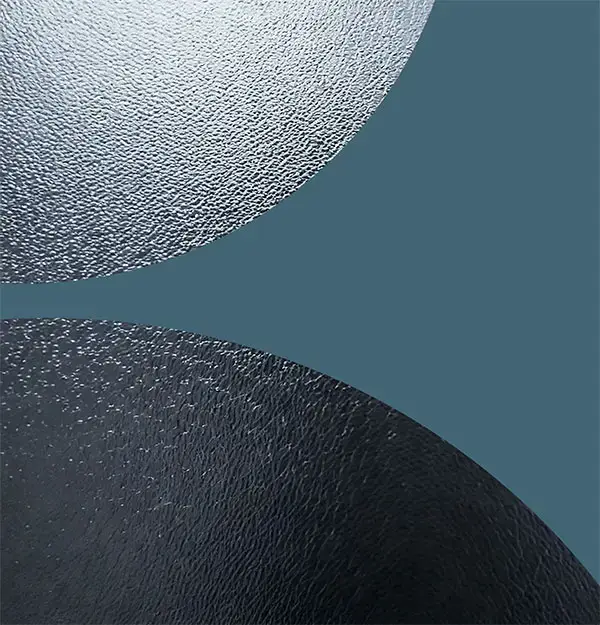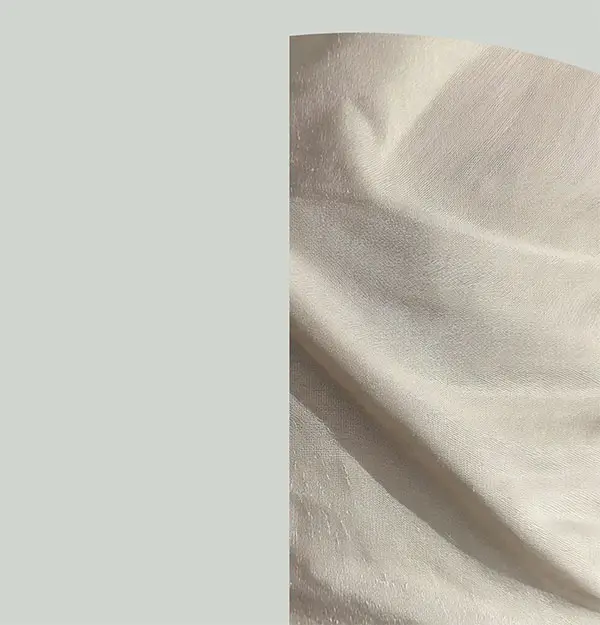
The materials used by potters and ceramicists are primarily composed of natural clay.
Earthenware is a low-temperature clay fired at around 1100°C. It is appreciated for its plasticity and ease of handling. After firing, it remains soft and porous, requiring glazing to become impermeable.
Stoneware fired at over 1200°C is a waterproof, frost-resistant and scratch-resistant clay thanks to its high hardness.
Porcelain is a fine, pure clay, often composed of kaolin. It is fired at very high temperatures, generally around 1300°C, which gives it great strength, translucency and a characteristic whiteness.
Glass is mainly composed of several basic elements: sand or silica, sodium carbonate or soda and calcium oxide or lime, and in small quantities other components are added such as magnesium oxide, aluminum and metal oxides to give it color. The components are heated to a very high temperature of around 1500°C to obtain a molten mass, which is then cooled and shaped. Glass is a versatile material for creating decorative and functional objects. Molten glass is often blown using a tube to create vases, bowls and sculptures, and can be fused by combining several colors to create flat objects. Glass can be poured into molds to create objects with complex shapes, or drawn into fibers to create all kinds of decorative elements. Recyclable, used glass can be remelted and reshaped to create environmentally-friendly objects.


Making paper is a complex process involving several stages: harvesting cellulose fibers from wood, rags, bamboo or straw, including rice straw. Once defibered to obtain a paste ready for bleaching, then refined, the paste is diluted in water and spread out on a cloth. The sheet of paper is then pressed to remove excess water and dried. The paper is passed between calendering rollers to improve its surface and finally wound.
Additional treatments can be applied depending on the nature of the fibers and the final properties required by the craftsman. Rice paper is best used for calligraphy, lanterns and abat jour, Kraft for interior decoration, watercolor paper is thicker and more structured, designed for water-based painting techniques and illustrations, papier mâché is a paste of shredded paper and glue to create sculptures and masks…. Paper is an essential medium for photography.
We use cookies to offer you a unique experience, reflecting the expertise of our artisans. Thanks to them, we can offer you creations that reflect your personality and improve our inspiration gallery. You can customize your preferences according to your wishes.